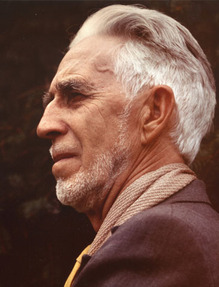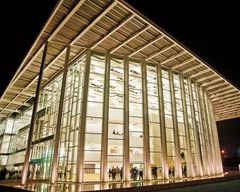The distance between Prague and La Jolla, Ca. is 6,000 miles, but if you’ve ever wondered how fast hot art can travel, a story coming out of the Art Loss Register suggests that kind of distance is nothing. Only four days elapsed between the time a photograph was stolen from Prague’s Museum of Decorative Arts this month and when a suspicious California dealer contacted the Art Loss Register about the photo.
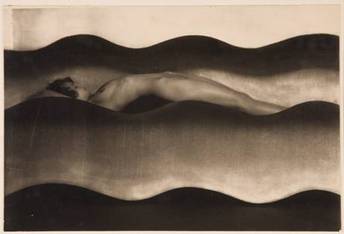 The story also shows that the thief, or thieves, started looking for a buyer before they took the photograph.
The story also shows that the thief, or thieves, started looking for a buyer before they took the photograph.
The photograph in question is The Wave, by Frantisek Drtikol, made in 1925 (right). On Mar. 13, shortly after the Prague museum opened, someone cut it from its frame and walked away with it. Fortunately, its loss was noted and reported, and Harvinder Kaur, an art historian working for the ALR dutifully (and quickly) recorded the theft: The Wave became an item on ALR’s 350,000-strong database of lost, stolen and missing artwork.
On Mar. 17, the La Jolla dealer, Joseph Bellows, contacted the ALR. He had become increasingly suspicious of the manner in which he was approached by the seller, surprised that such an important work was available for sale, and he had read press reports of the theft. ALR immediately identified the photograph as the work stolen just days earlier in Prague.
In the course of the case, ALR learned that from correspondence between Bellows and the suspected thief or handler, that Bellows had been contacted about a potential purchase of the piece in late January of this year.
But because everyone, including police and diplomats, acted quickly and responsibly, the photo went back to the museum on Tuesday.
It was one of ALR’s fastest recoveries.
Photo Credit: Courtesy of ALR

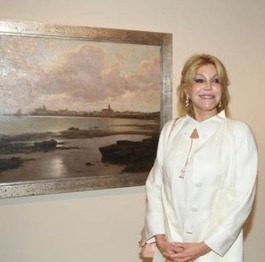
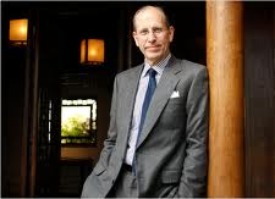 Which would have been too bad, because it was the section’s sleeper article. Within it were two-and-a-half excellent points about museums and art in general.
Which would have been too bad, because it was the section’s sleeper article. Within it were two-and-a-half excellent points about museums and art in general.